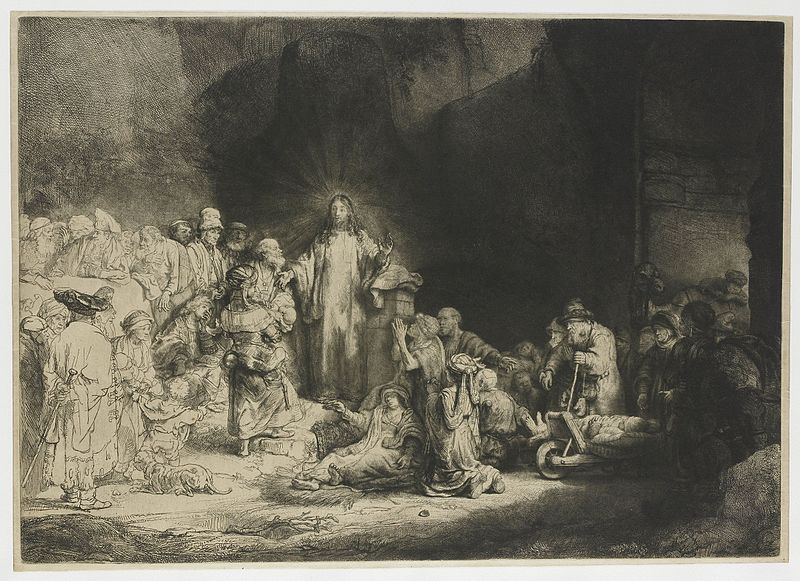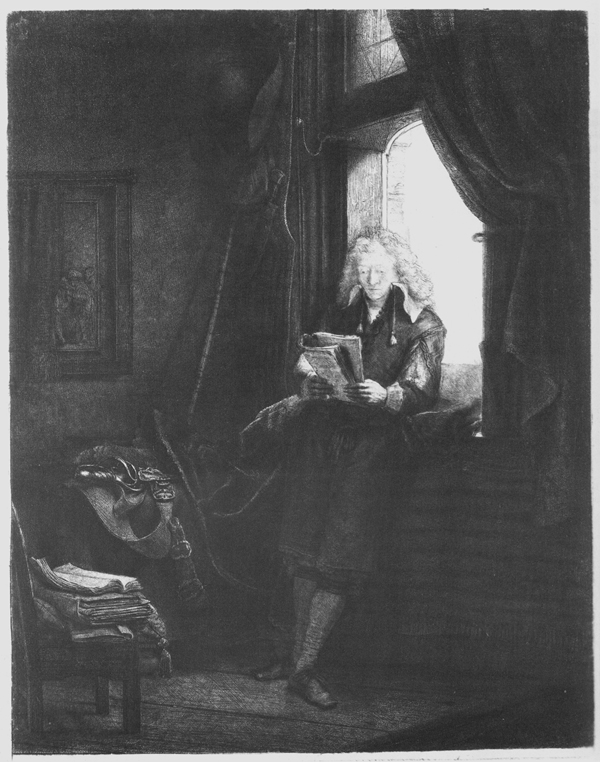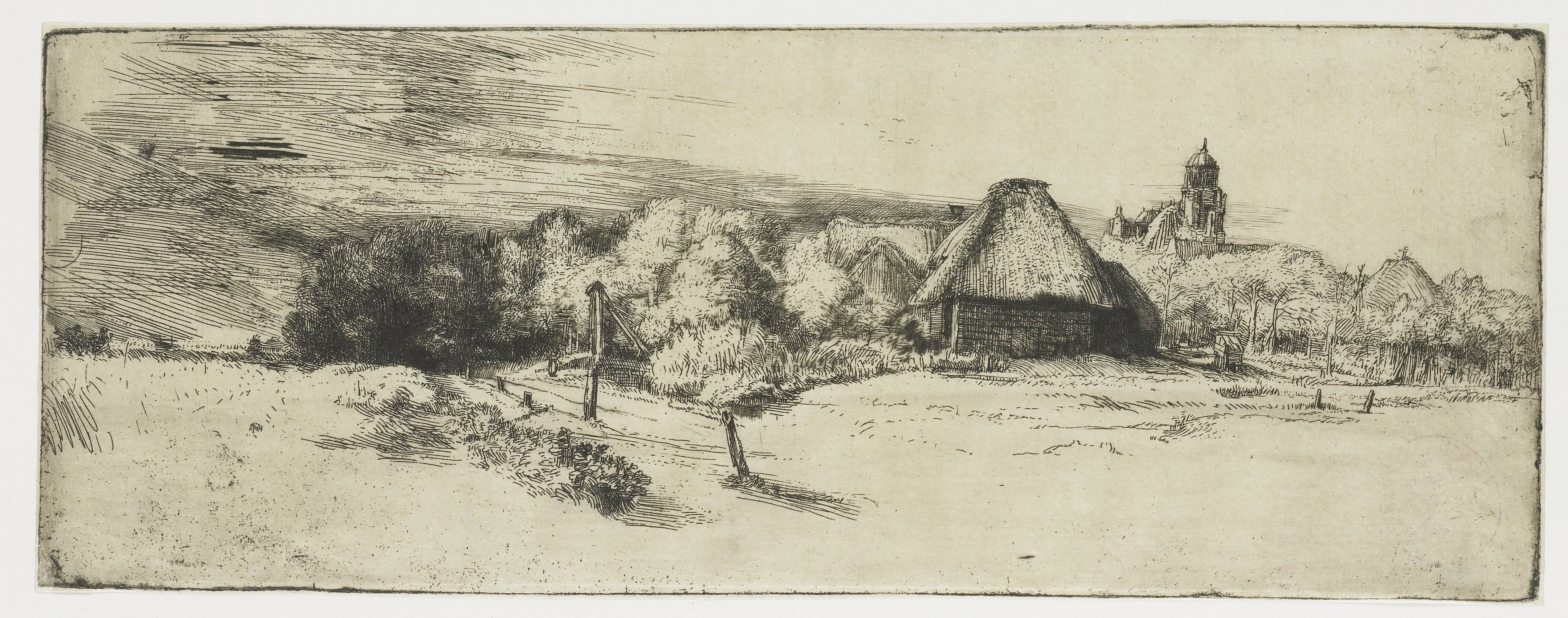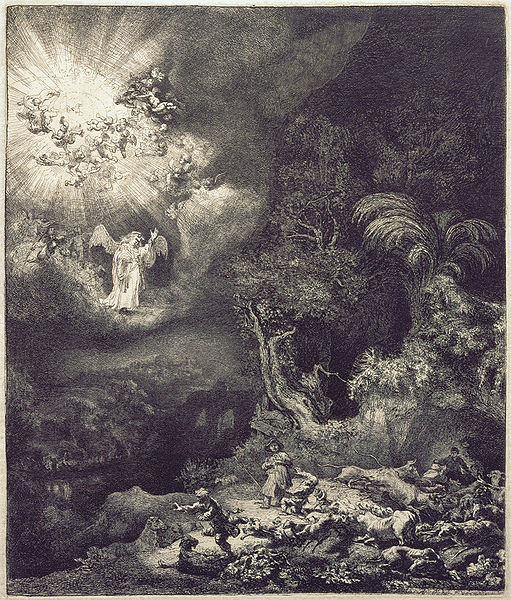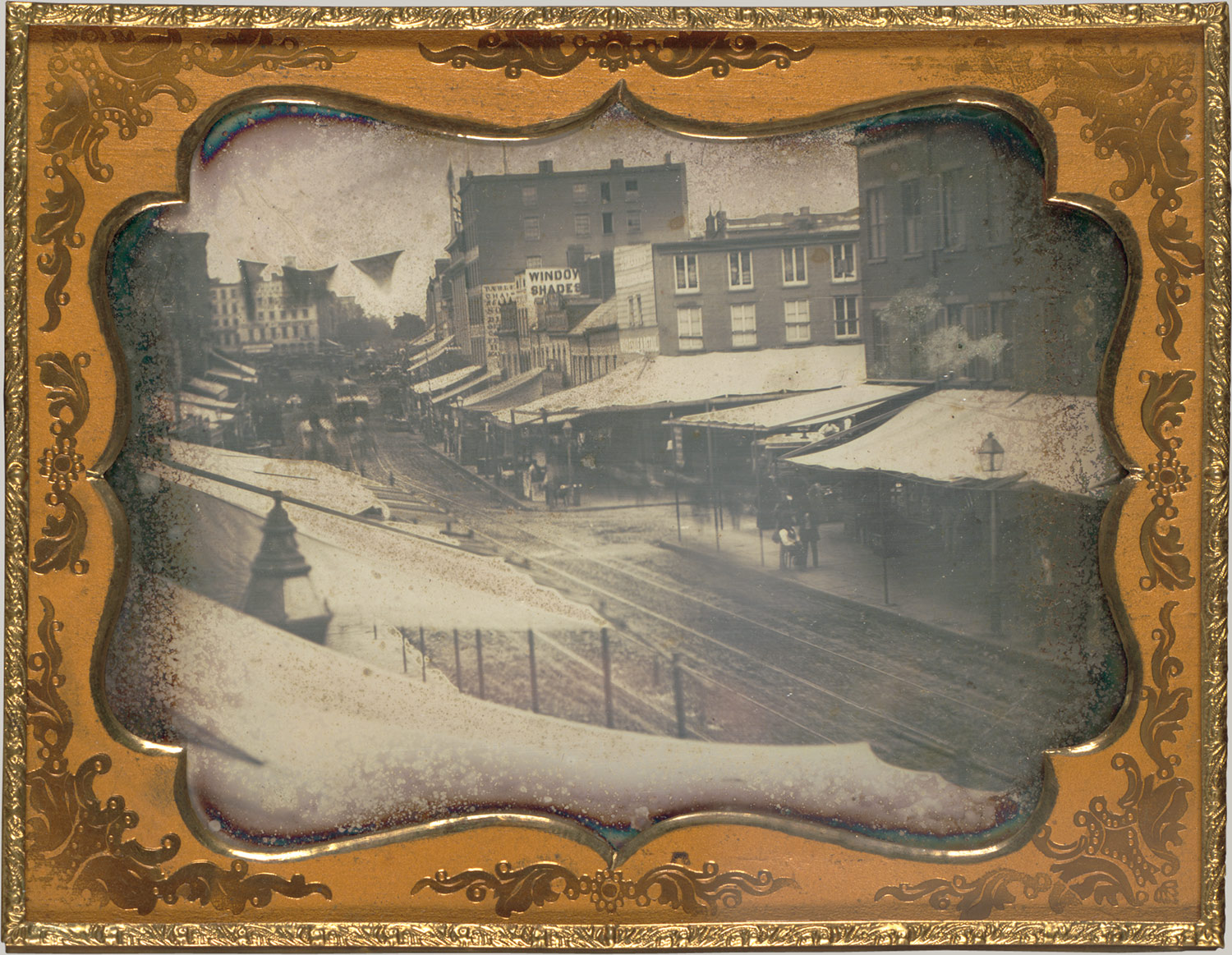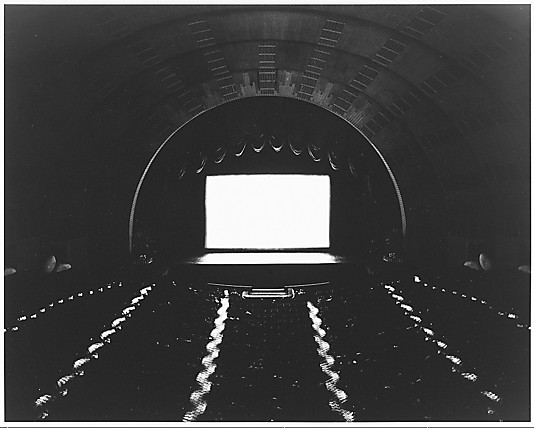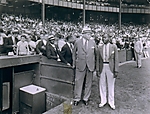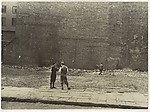Nearly eighty masterpieces of Italian Renaissance drawing from Florence’s Uffizi Gallery, including a number of rarely seen works, were on view only at The Morgan Library & Museum from January 25 through April 20, 2008.
Michelangelo, Vasari, and Their Contemporaries: Drawings from the Uffizi surveyed the work of renowned masters who defined Florentine draftsmanship. The exhibition focused on works by important artists who participated in a major campaign of redecorating the famed
Palazzo Vecchio, one of the most impressive buildings in Renaissance Florence and the focal point of artistic activity throughout the sixteenth century.
Under the auspices of Cosimo I de’ Medici, Grand Duke of Tuscany, (1519–74), this former city hall was transformed by the leading artists of the time into a palatial residence and an icon of Medici Florence. The artist-historian Giorgio Vasari (1511–1574) acted as the mastermind and creative director of the complex and varied decorations for the palazzo, choosing as his collaborators the most talented painters in Florence. The exhibition demonstrates how drawing functioned not only as a means of planning the elaborate paintings, frescoes, and tapestries needed for the refurbishment of the palazzo, but also as a tool that facilitated the creative process for Vasari and his contemporaries.
![]()
Pontormo, Two Studies of Male Figures ; (1521). Black chalk and red chalk, red wash, heightened with white chalk. Gabinetto Disegni e Stampe degli Uffizi.
PALAZZO VECCHIO
Palazzo Vecchio was built as the government headquarters of Florence during the thirteenth and fourteenth centuries. After Duke Cosimo I came to power in 1537 through a series of tense political machinations, the young ruler soon established his authority and significantly expanded Florentine territories and influence. A strong personality with a clear vision for his dukedom, Cosimo I moved his family from the traditional Medici residence to Palazzo Vecchio as a calculated gesture to confirm his identification with the state.
Cosimo I employed the arts as a means of demonstrating his absolute power. His decision to completely renovate and expand the palazzo was designed to exalt his status as sovereign against an extraordinarily prestigious backdrop. Historically, only the most respected artists and intellectuals had been involved with the palazzo’s alterations, and Cosimo’s campaign was no exception. Florence’s leading painters, sculptors, and architects were called upon to demonstrate their talents in the redecoration of the city’s historical and symbolic center, simultaneously glorifying their ruler as well as their own artistic endeavors.
THE ARTISTS
The exhibition was divided into three sections highlighting the artists who shaped the nature of Italian Renaissance drawing and contributed to the palazzo’s decorations under Duke Cosimo I.
The first section, “The Great Masters,” showcased the artists who directly preceded Vasari’s intervention in the palazzo and served as great artistic examples for subsequent generations. Michelangelo (1475–1564), who had already sculpted his masterpiece, the statue of David, for the palazzo and competed with Leonardo in the decoration of the palazzo’s main hall, was one of the preeminent models for Vasari and his collaborators. His black-chalk masterpiece, the
![]()
Bust of a Woman,
one of the so-called Divine Heads, exerted a tremendous influence on Florentine draftsmanship, and his sheet with studies of legs exemplifies his perfect anatomical constructions.
Andrea del Sarto (1486-1531), a guiding force in the history of Italian Renaissance art, also figured prominently in the exhibition with a red chalk Study of a Male Model, preparatory for his painting of the Madonna of the Stairs from the 1520s, and with a rare compositional study of high drama and emotional intensity, the
![]()
Lamentation of Christ.
Additionally, mannerist masters Pontormo (1494–1557), Rosso Fiorentino (1494–1540), Francesco Salviati (1510–1563), and Bronzino (1503–1572) were represented by exquisite examples of their graphic work. Michelangelo, Vasari, and Their Contemporaries: Drawings from the Uffizi
![]()
Pontormo’s vibrant study of Seated Male Figures
records his method of studying a live model’s movements to exceptional effect, and Rosso’s masterful yet highly personal approach to drawing is evident in his
![]()
Virgin and Child with Four Saints,
presumably a study for this oil painting:
![]()
Also on view were Bronzino’s meticulously rendered preparatory study for one of the nearly life-size figures that adorn the private chapel of Cosimo I’s wife Eleonora of Toledo (1522–1562) in the Palazzo Vecchio, and
![]()
Salviati’s great graphic masterpiece, a tapestry design of The Age of Gold.
The second section of the exhibition, “Vasari and His Collaborators,” focused on Vasari’s own drawings as well as those of his collaborators in the various rooms of the palazzo, in particular the magnificent Salone dei Cinquecento (Hall of the Five Hundred). Under Vasari’s direction, artists such as Alessandro Allori (1535–1607), Bernardo Buontalenti (1513–1608), Giovanni Stradanus (1523–1605), Santi di Tito (1536–1603), and Giovan Battista Naldini (1537–1591) collaborated on expansive painted scenes commemorating the duke’s military exploits as well as the Medici’s illustrious ancestors. Among Vasari’s drawings on view was an exceptional compositional study of The Siege of Milan for the Room of Leo X and a design for the Salone dei Cinquecento.
The final portion of the exhibition, “The Painters of the Studiolo,” showcased drawings by painters of the celebrated Studiolo of Francesco I de’ Medici, Cosimo’s heir. Included were studies by late mannerist artists such as Girolamo Macchietti (1535–1592), Maso da San Friano (1531–1571) and Poppi (1544–1597).
From
Intelligent Life:I am amazed by the complicated flickering composition of Rosso Fiorentino's "Virgin and Child with SS. John the Baptist, Margaret, and Sebastian and an Elderly Male Saint (Joseph?)" from 1522-5, in black chalk and gray wash.
Ditto for the solid, sculptural muscularity (beefcake, again) of the
![]()
"Male Nude Seen From Behind" by Bronzino in 1540-6,
every arched muscle illuminated--the shadows creating an impossible stone texture.
I can hold a pen, but I know my pen stroke could never create the flutter of the
![]()
"Punishment of Titius", done by Poppi (a Michelangelo copy) in which the agitated bird flies down in feathered strokes on the softly moulded writhing figure, which may very well be as delicate and beautiful as the Michelangelo original.
It goes without saying that the drawings on view are not simply life drawings, or copies of other works. In this show drawing from life meets that special, master Mannerist edge. As Holland Cotter said in the New York Times, "everyone wanted to make art this good and this strange".
Michelangelo's bizarrely polished masculine figures and limbs sit across from a quick sketch by Pontormo, "Two Studies of Male Figures" from 1521, in which the males in question look like crash-test dummies, twisting and turning in heavy charcoal strokes, emerging from the chaos of the page.
From ArtTattler:
![]()
An important figure in the transition between mannerism and the baroque period at the end of the sixteenth century, Santi di Tito emphasized in his works a narrative clarity and simplicity of expression. This preparatory drawing is for a fresco in a chapel dedicated to St. Luke, the patron saint of the arts, in the church of Santissima Annunziata in Florence. Intended as an allegorical representation of architecture, its subject employs the story of Solomon directing the building of the temple, presented in a straightforward composition that directs the viewer’s eye to the main figures elegantly highlighted in brilliant white.
![]()
Known as the first chronicler of the lives of Renaissance artists, Vasari had a prominent career as artist to both the Medici court in Florence and the papal court in Rome. This drawing comes from one of the most important commissions of Vasari’s career: Pope Julius III hired him to oversee the design and construction of his family’s funerary chapel in Rome, a project supervised by Michelangelo. Probably a study for the figure of John the Evangelist, this drawing displays Vasari’s exceptional ability to conjure a figure in his mind and transfer it flawlessly to paper.
![]()
Trained by Bronzino and deeply familiar with Michelangelo’s sculpture, Allori was often commissioned to supply designs for the ducal tapestry workshop. This detailed representation of a crowd paying homage to Bacchus is the only preparatory drawing that survives from a series intended as models for tapestries with scenes from Bacchus’s life. Finely executed in a wide variety of techniques, this is a typical example of the increasing interest in exuberant decoration that characterized Florentine draftsmanship of the later sixteenth century.
More images and comments here and
here.
The exhibition was organized by special arrangement with the Soprintendenza Speciale per il Polo Museale fiorentino and the Gabinetto Disegni e Stampe degli Uffizi and was conceived by Annamaria Petrioli Tofani, former director of the Uffizi. It will only be shown in New York and is curated by Rhoda Eitel-Porter, Charles W. Engelhard Curator and department head of Drawings and Prints, The Morgan Library & Museum.
CATALOGUE
![]() Michelangelo, Vasari, and Their Contemporaries: Drawings from the Uffizi
Michelangelo, Vasari, and Their Contemporaries: Drawings from the Uffizi was accompanied by a catalogue written by Annamaria Petrioli Tofani with contributions by Rhoda Eitel-Porter.
EXHIBITION CHECKLIST
The Great Masters
Michelangelo Buonarroti CAPRESE, FLORENCE, 1475–1564 ROME
Studies of a Male Leg (recto and verso)
Metalpoint (lead?)
342 x 280 mm (13 7/16 x 11 in.)
Inv. 18719
Michelangelo Buonarroti CAPRESE, FLORENCE, 1475–1564 ROME
Bust of a Woman, Head of an Old Man, and Bust of a Child
Verso: Male Heads and Other Studies
Black chalk
357 x 252 mm (14 1/10 x 9 15/16 in.)
Inv. 598
Andrea del Sarto (Andrea d’Agnolo) FLORENCE 1486–1530 FLORENCE
Studies of a Male Model Seated on the Ground
Verso: Study of Drapery
Red chalk and red wash
265 x 200 mm (10 7/10 x 7 7/8 in.)
Inv. 318
Andrea del Sarto (Andrea d’Agnolo) FLORENCE 1486–1530 FLORENCE
Lamentation of Christ
Black chalk and gray wash
Inscribed at lower center, in pen and brown ink di mano dandrea del Sarto
276 x 226 mm (10 7/8 x 8 7/8 in.)
Inv. 642
Pontormo (Jacopo Carucci) PONTORMO, EMPOLI, 1494–1556 FLORENCE
Two Studies of Male Figures
Verso: Seated Nude Boy
Black and red chalk, red wash, heightened with white chalk; verso: red chalk
285 x 408 mm (11 1/4 x 16 1/16 in.)
Inv. 6740
Pontormo (Jacopo Carucci) PONTORMO, EMPOLI, 1494–1556 FLORENCE
Male Nude Seen from Behind and Study of a Head
Verso: Study of a Male Nude
Black chalk on paper tinted pink; verso: black chalk
225 x 165 mm (8 7/8 x 6 1/2 in.)
Inv. 6593 F
Pontormo (Jacopo Carucci) PONTORMO, EMPOLI, 1494–1556 FLORENCE
Eve’s Expulsion from Earthly Paradise
Black chalk
291 x 210 mm (11 7/16 x 8 1/4 in.)
Inv. 6715
Rosso Fiorentino (Giovan Battista di Jacopo) FLORENCE 1494–1540 PARIS
Virgin and Child with SS. John the Baptist, Margaret, and Sebastian and an Elderly Male Saint (Joseph?)
Black chalk and gray wash
331 x 253 mm (13 x 19 15/16 in.)
Inv. 479
Rosso Fiorentino (Giovan Battista di Jacopo) FLORENCE 1494–1540 PARIS
Nude Woman Standing with One Arm Above Her Head
Red chalk, with traces of black chalk
365 x 176 mm (14 3/8 x 6 15/16 in.)
Inv. 6478
Andrea di Cosimo Feltrini FLORENCE 1477–1548 FLORENCE
Study for a Grotesque
Black chalk
171 x 283 mm (6 3/4 x 11 1/8 in.)
Inv. 143
Baccio Bandinelli FLORENCE 1493–1560 FLORENCE
Hercules Standing
Red chalk
405 x 197 mm (15 15/16 x 7 3/4 in.)
Inv. 520
Baccio Bandinelli FLORENCE 1493–1560 FLORENCE
Hercules and Cacus
Verso: Studies of Heads and Arms
Pen and brown ink (recto and verso)
399 x 282 mm (15 11/16 x 11 1/8 in.)
Inv. 714
Baccio Bandinelli FLORENCE 1493–1560 FLORENCE
Portrait of Duke Cosimo dei Medici
Black chalk, stumped
268 x 204 mm (10 9/16 x 8 in.)
Inv. 15010
Baccio Bandinelli FLORENCE 1493–1560 FLORENCE
Christ Shown to the People (Ecce Homo)
Pen and brown ink, with traces of black chalk
424 x 566 mm (16 11/16 x 22 1/4 in.)
Inv. 705
Bacchiacca (Francesco Ubertini) BORGO SAN LORENZO 1494–1557 FLORENCE
A Goat Being Milked
Verso: A Barking Dog
Black chalk, stumped, pricked for transfer; verso: black chalk, stumped
228 x 116 mm (9 x 4 9/16 in.)
Inv. 1927
Bronzino (Agnolo di Cosimo) FLORENCE 1503–1572 FLORENCE
Male Nude Seen from Behind
Black chalk, with gray wash, on paper tinted yellow ochre
422 x 165 mm (16 5/8 x 6 1/2 in.)
Inv. 6704
Bronzino (Agnolo di Cosimo) FLORENCE 1503–1572 FLORENCE
Study of Two Nude Half Figures and a Right Arm
Verso: Studies of Figures and Drapery
Black chalk, with touches of gray wash; verso: black chalk
322 x 247 mm (12 11/16 x 9 3/4 in.)
Inv. 10320
Bronzino (Agnolo di Cosimo) FLORENCE 1503–1572 FLORENCE
Flying Putti
Black chalk, stumped
263 x 184 mm (10 3/8 x 7 1/4 in.)
Inv. 570
Attributed to Bronzino (Agnolo di Cosimo) FLORENCE 1503–1572 FLORENCE
Half-Length Portrait of a Gentlewoman
Red chalk, red wash, with traces of white chalk
391 x 267 mm (15 3/8 x 10 1/2 in.)
Inv. 414
Francesco Salviati (Francesco de’ Rossi) FLORENCE 1510–1563 ROME
The Allegory of Fortune
Black chalk
457 x 296 mm (18 x 11 5/8 in.)
Inv. 609
Francesco Salviati (Francesco de’ Rossi) FLORENCE 1510–1563 ROME
The Age of Gold
Pen and brown ink, brown wash, heightened with white gouache, over traces of black chalk
414 x 533 mm (16 5/16 x 21 in.)
Inv. 1194
Francesco Salviati (Francesco de’ Rossi) FLORENCE 1510–1563 ROME
A Seminude Youth with a Bow in His Right Hand
Red chalk, with traces of red wash
415 x 238 mm (16 5/16 x 9 3/8 in.)
Inv. 538 S
Bernardo Buontalenti FLORENCE 1513–1608 FLORENCE
Lunette with the Coat of Arms of Cosimo I dei Medici and Eleonora of Toledo
Verso: Lunette with the Medici Coat of Arms
Red chalk, pricked for transfer, on paper darkened by pouncing; verso: pen and brown ink, over black chalk
291 x 537 mm (11 7/16 x 21 1/8 in.)
Inv. 427
Vasari and His Collaborators
Giorgio Vasari AREZZO 1511–1574 FLORENCE
The Damned Soul (After Michelangelo)
Black chalk
232 x 198 mm (9 1/8 x 7 13/16 in.)
Inv. 18738
Giorgio Vasari AREZZO 1511–1574 FLORENCE
A Prophet
Pen and brown ink
284 x 167 mm (11 3/16 x 6 9/16 in.; original sheet, trimmed and laid down on secondary support)
Inv. 1207 S
Giorgio Vasari AREZZO 1511–1574 FLORENCE
Allegory of Charity
Pen and brown ink, with gray wash, heightened with white gouache, over traces of black chalk, on paper tinted yellow-ochre
413 x 250 mm (16 1/4 x 9 13/16 in.)
Inv. 1071 S
Giorgio Vasari AREZZO 1511–1574 FLORENCE
Study for the Decoration of a Loggia
Pen and brown ink, with brown wash, over traces of black chalk
294 x 479 mm (11 9/16 x 18 7/8 in.)
Inv. 1618
Giorgio Vasari AREZZO 1511–1574 FLORENCE
Study for the Decoration of a Ceiling with Virtue Overcoming Fortune and Envy
Pen and brown ink, with brown wash, over traces of black chalk
448 x 368 mm (17 5/8 x 14 1/2 in.)
Inv. 1617
Giorgio Vasari AREZZO 1511–1574 FLORENCE
Pietà
Pen and brown ink, over traces of black chalk
417 x 305 mm (16 7/16 x 12 in.)
Inv. 625
Giorgio Vasari AREZZO 1511–1574 FLORENCE
Study for a Frontispiece
Pen and brown ink
265 x 196 mm (10 7/16 x 7 3/4 in.)
Inv. 394
Giorgio Vasari AREZZO 1511–1574 FLORENCE
St. John the Evangelist
Black chalk
353 x 253 mm (13 7/8 x 9 15/16 in.)
Inv. 14274
Giorgio Vasari AREZZO 1511–1574 FLORENCE
Studies of Male Figures
Black chalk
212 x 364 mm (8 3/8 x 14 5/6 in.)
Inv. 13844
Giorgio Vasari AREZZO 1511–1574 FLORENCE
The Florentine Victory over Milan
Pen and brown ink, light brown wash, over black chalk, squared in black chalk
427 x 368 mm (16 13/16 x 14 1/2 in.)
Inv. 626
Giorgio Vasari AREZZO 1511–1574 FLORENCE
Male Figure Seated on a Stool
Black chalk, heightened with white gouache, on grayish green paper
364 x 212 mm (14 5/16 x 8 3/8 in.)
4 of 9
Inv. 8502
Giorgio Vasari AREZZO 1511–1574 FLORENCE
The Triumph of Cosimo I at Montemurlo
Pen and brown ink, brown wash, over traces of black chalk, heightened with white gouache, lightly squared in black chalk, on faded blue paper
392 x 271 mm (15 7/16 x 10 11/16 in.)
Inv. 1186
Giorgio Vasari AREZZO 1511–1574 FLORENCE
Study for a Ceiling Dedicated to Saturn
Pen and brown ink, light brown wash, over black chalk
376 x 402 mm (14 13/16 x 15 13/16 in.)
Inv. 7
Vincenzo Borghini FLORENCE 1515–1580 FLORENCE
Study for the Wainscot of the West Wall in the Salone dei Cinquecento
Pen and brown ink, brown wash, over black chalk
234 x 348 mm (9 3/16 x 13 11/16 in.)
Inv. 119
Vincenzo Borghini FLORENCE 1515–1580 FLORENCE
Study of a Fountain
Pen and brown ink, brown wash, over traces of black chalk
240 x 263 mm (9 7/16 x 10 3/8 in.)
Inv. 1611
Cristoforo Gherardi BORGO SAN SANSEPOLCRO 1508–1556 FLORENCE
Vulcan’s Forge
Pen and brown ink, brown wash
229 x 414 mm (9 x 16 5/6 in.)
Inv. 760
Giovanni Stradanus (Jan van der Straet) BRUGES 1523–1605 FLORENCE
The Triumph of the Florentine Army After Taking Siena
Pen and brown ink, brown and gray wash, over traces of black chalk
345 x 345 mm (13 9/16 x 13 9/16 in.)
Inv. 657
Giovanni Stradanus (Jan van der Straet) BRUGES 1523–1605 FLORENCE
The Capture of Vicopisano
Pen and brown ink, brown wash, heightened with white gouache, on faded blue paper
377 x 185 mm (14 13/16 x 7 1/4 in.)
Inv. 1184
Giovanni Stradanus (Jan van der Straet) BRUGES 1523–1605 FLORENCE
The Fox and Hare Hunt
Pen and brown ink, with traces of white heightening
Inscribed at lower left, Della Strada/ inventor 1567
242 x 382 mm (9 1/2 x 15 in.)
Inv. 2347
Giovanni Stradanus (Jan van der Straet) BRUGES 1523–1605 FLORENCE
The Ship of Religion Guided by the Holy Spirit
Pen and brown ink, brown wash, heightened with white gouache, over traces of black chalk, on paper tinted (?) with ochre
243 x 355 mm (9 5/8 x 14 in.)
Inv. 1082 S
5 of 9
Marco Marchetti da Faenza FAENZA ca. 1526/27–1588 FAENZA
Wall Decoration with the Medici Coat of Arms
Pen and brown ink, brown wash
217 x 308 mm (8 9/16 x 12 1/8 in.)
Inv. 95
Girolamo Macchietti FLORENCE 1535–1592 FLORENCE
The Adoration of the Magi
Pen and brown ink, brown wash, over black chalk, heightened with white gouache, on faded blue paper
263 x 216 mm (10 3/8 x 8 1/2 in.)
Inv. 1087
Girolamo Macchietti FLORENCE 1535–1592 FLORENCE
Head of a Young Man
Red chalk, red wash
284 x 206 mm (11 3/16 x 8 1/8 in.)
Inv. 7288
Giovan Battista Naldini FLORENCE 1537–1591 FLORENCE
A Satyr Holding a Bunch of Grapes
Black chalk, stumped, heightened with white gouache
412 x 245 mm (16 1/4 x 9 5/8 in.)
Inv. 17175
Giovan Battista Naldini FLORENCE 1537–1591 FLORENCE
Naval Battle
Black chalk, stumped, with traces of heightening in white gouache, on greenish blue paper
258 x 415 mm (10 3/16 x 16 5/16 in.)
Inv. 16501
Jacopo Zucchi FLORENCE ca.1540–1596 ROME
Allegory of the City of Pistoia
Pen and brown ink, brown wash, heightened with white gouache, on paper tinted blue
212 x 212 mm (8 3/8 x 8 3/8 in.)
Inv. 1491
Friedrich Sustris PADUA ca. 1540–1599 MUNICH
The Triumph of Giuliano dei Medici
Pen and brown ink, light brown and gray wash, over black chalk; squared in black chalk
318 x 385 mm (12 1/2 x 15 3/16 in.)
Inv. 592
The Artists of the Studiolo
Carlo Portelli LORO CIUFFENNA before 1510–1574 FLORENCE
The Family of Darius Before Alexander
Pen and brown ink, with light brown wash, over black chalk
328 x 218 mm (12 15/16 x 8 9/16 in.)
Inv. 1482
Carlo Portelli LORO CIUFFENNA before 1510–1574 FLORENCE
Two Standing Figures, One Holding a Pitcher
Brush and light brown wash, over black chalk
330 x 217 mm (3 x 8 9/16 in.)
Inv. 12137
Jacopo Coppi (Jacopo del Meglio) 1523–1591
Women in a Landscape with the Allegory of a River
6 of 9
Pen and brown ink, with brown wash, over black chalk
246 x 382 mm (9 11/16 x 15 1/16)
Inv. 15556
Giovanni Stradanus (Jan van der Straet) BRUGES 1523–1605 FLORENCE
The Banquet of King Cyrus the Great
Pen and brown ink, brown wash, heightened with white gouache, on paper tinted brown
292 x 644 mm (11 1/2 x 25 3/8 in.)
Inv. 2341
Giovanni Stradanus (Jan van der Straet) BRUGES 1523–1605 FLORENCE
Allegory of the Immortality of Poetry
Black chalk, pen and brown ink, brown wash, heightened with white gouache, on paper tinted ochre; the figure of Time inserted on a separate piece of paper
Inscribed at lower right, Gio. Stradanu . . . faciebat 1585
469 x 344 mm (18 1/2 x 13 1/2 in.)
Inv. 544 S (and 825 E)
Maso da San Friano (Tommaso Manzuoli) FLORENCE 1531–1571 FLORENCE
An Angel in Flight and Separate Studies of Arms and a Head
Black chalk, gray wash, heightened with white gouache, on darkened blue paper
206 x 313 mm (8 1/8 x 12 5/16 in.)
Inv. 6466
Maso da San Friano (Tommaso Manzuoli) FLORENCE 1531–1571 FLORENCE
The Three Marys at the Tomb
Pen and brown ink and wash, over black chalk
184 x 311 mm (7 1/4 x 12 1/4 in.)
Inscribed at lower left, in pen and brown ink, Tommaso.
Inv. 7277
Maso da San Friano (Tommaso Manzuoli) FLORENCE 1531–1571 FLORENCE
The Risen Christ
Black chalk, with gray wash, on paper tinted gray
237 x 181 (9 5/16 x 7 1/8 in.)
Inscribed at lower left, in pen and brown ink, Tomso Manzuoli.
Inv. 7283
Maso da San Friano (Tommaso Manzuoli) FLORENCE 1531–1571 FLORENCE
Two Nude Children and a Dog
Black chalk, with gray wash, traces of white heightening, on blue-gray paper
254 x 295 mm (10 x 11 5/8 in.)
Inv. 1822 S
Girolamo Macchietti FLORENCE 1535–1592 FLORENCE
Male Nude Seen from Behind
Red chalk, with red wash, heightened with white, on paper tinted red
295 x 208 mm (11 5/8 x 8 3/16 in.)
Inv. 17585
Alessandro Allori FLORENCE 1535–1607 FLORENCE
Studies for a Man with a Naked Torso Holding a Sword
Black chalk, with touches of wash
430 x 278 mm (16 15/16 x 10 15/16 in.)
Inv. 10253
Alessandro Allori FLORENCE 1535–1607 FLORENCE
Study of a Pitcher
Black chalk, with brown wash
7 of 9
440 x 249 mm (17 5/16 x 9 13/16 in.)
Inv. 716
Alessandro Allori FLORENCE 1535–1607 FLORENCE
Seated Male Nude with Raised Right Arm
Black chalk, with touches of wash, heightened with white chalk, on paper tinted light brown
436 x 312 mm (17 3/16 x 12 1/4 in.)
Inv. 10206
Alessandro Allori FLORENCE 1535–1607 FLORENCE
Half-Length Male Portrait
Black chalk, stumped
363 x 258 mm (14 5/16 x 10 3/16 in.)
Inv. 18486
Bibliography: Petrioli Tofani 2002, p. 34.
Alessandro Allori FLORENCE 1535–1607 FLORENCE
The Triumph of Bacchus
Black chalk, pen and brown ink, with brown-gray wash, heightened with white gouache, on paper tinted light brown; squared in red chalk
281 x 471 mm (11 1/6 x 18 9/16 in.)
Inv. 740
Santi di Tito SANSEPOLCRO 1536–1603 FLORENCE
The Crossing of the Red Sea and a Study of Drapery
Pen and brown ink, brown wash, over traces of black chalk, over a drapery study in red chalk, on faded blue paper
269 x 204 mm (10 9/16 x 8 in.)
Inv. 2003 S
Santi di Tito SANSEPOLCRO 1536–1603 FLORENCE
Studies of the Head, the Face, and the Bust of a Child
Red chalk, stumped
163 x 213 mm (6 7/16 x 8 3/8 in.)
Inv. 16320
Santi di Tito SANSEPOLCRO 1536–1603 FLORENCE
Solomon Building the Temple of Jerusalem
Pen and brown ink, brown wash, over black chalk, heightened with white gouache, on faded blue paper; squared in black chalk
272 x 227 mm (10 11/16 x 8 15/16 in.)
Inv. 752
Santi di Tito SANSEPOLCRO 1536–1603 FLORENCE
Male Nude
Black chalk, stumped, with traces of white chalk, on blue paper
397 x 248 mm (15 5/8 x 9 3/4 in.)
Inv. 16326
Santi di Tito SANSEPOLCRO 1536–1603 FLORENCE
Battle Scene, Possibly the Victory of Joshua over the Amorites
Verso: Faint Sketch of a Nude Figure
Pen and brown ink, brown wash, heightened with white gouache, on blue paper; squared in black chalk; verso: black chalk
286 x 217 mm (11 1/4 x 8 9/16 in.)
Inv. 7706
Giovan Battista Naldini FIESOLE 1537–1591 FLORENCE
Furius Camillus Punishes the Treacherous Schoolmaster of Falerii
Red chalk, stumped, heightened with white gouache
397 x 267 mm (15 5/8 x 10 1/2 in.)
Inv. 14609
Giovan Battista Naldini FIESOLE 1537–1591 FLORENCE
Head of a Youth Turned to the Left
Black and red chalk, heightened with white gouache
277 x 193 mm (10 15/16 x 7 5/8 in.)
Inv. 1965 S
Giovan Battista Naldini FIESOLE 1537–1591 FLORENCE
Seated Male Nude
Verso: Study of Legs
Black chalk, stumped, heightened with white gouache, on blue paper
267 x 180 mm (10 1/2 x 7 1/16 in.)
Inv. 6540
Jacopo Zucchi FLORENCE ca.1540–1596 ROME
Studies of Decorative Elements (recto and verso)
Pen and brown ink, with brown wash; verso: black chalk, pen and brown ink, with light brown wash
340 x 252 mm (13 3/8 x 9 15/16 in.)
Giovanni Maria Butteri FLORENCE ca.1540–1606 FLORENCE
Allegory of the River Mugnone
Verso: Allegory of the River Arno
Black chalk, stumped, squared in black chalk; verso: black chalk
149 x 230 mm (5 7/8 x 9 1/16 in.)
Inv. 7260
Poppi (Francesco Morandini) POPPI 1544–1597 FLORENCE
Two Nude Figures Fighting
Black chalk, stumped, heightened with white chalk, on blue paper
277 x 192 mm (10 15/16 x 7 9/16 in.)
Inv. 1797
Poppi (Francesco Morandini) POPPI 1544–1597 FLORENCE
The Punishment of Titius
Black chalk
221 x 339 mm (8 11/16 x 13 3/8 in.)
Inv. 248
Poppi (Francesco Morandini) POPPI 1544–1597 FLORENCE
Composition with Copies of Sculptural Models
Black chalk, with gray wash
148 x 105 mm (5 13/16 x 4 1/8 in.)
Inv. 4274
Poppi (Francesco Morandini) POPPI 1544–1597 FLORENCE
Four Heads
Black chalk, with gray wash
142 x 96 mm (5 9/16 x 3 3/4 in.)
Inv. 4257 F
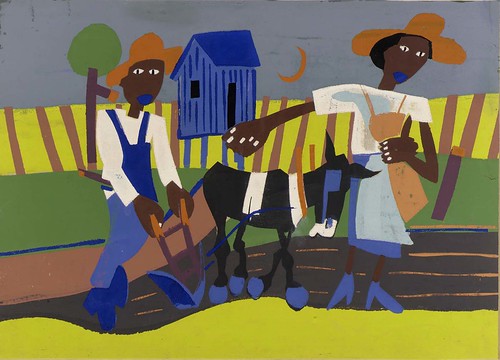









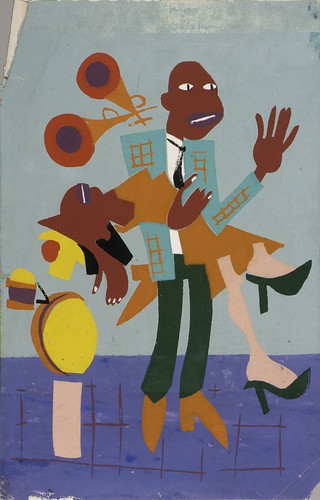
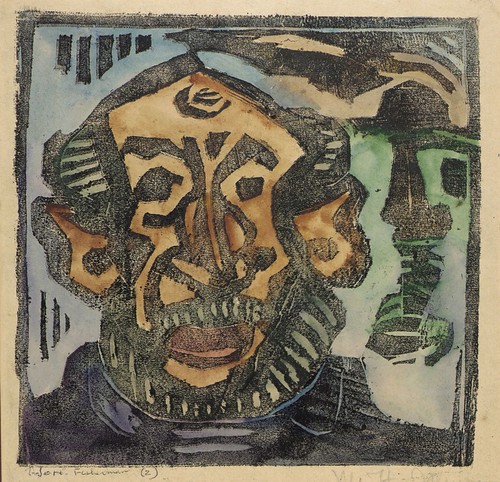

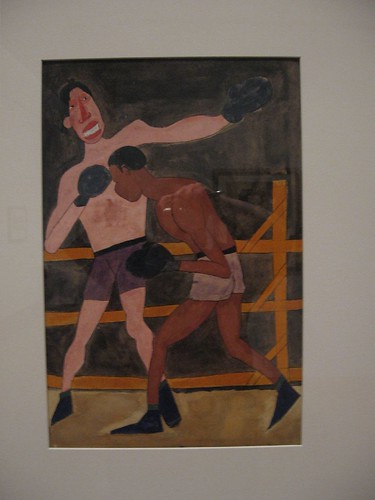




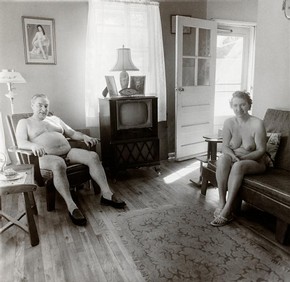







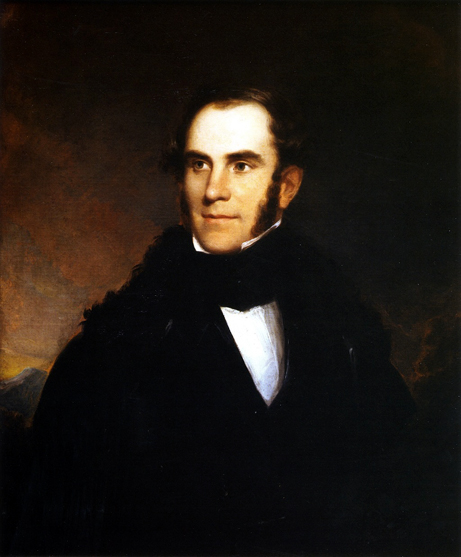
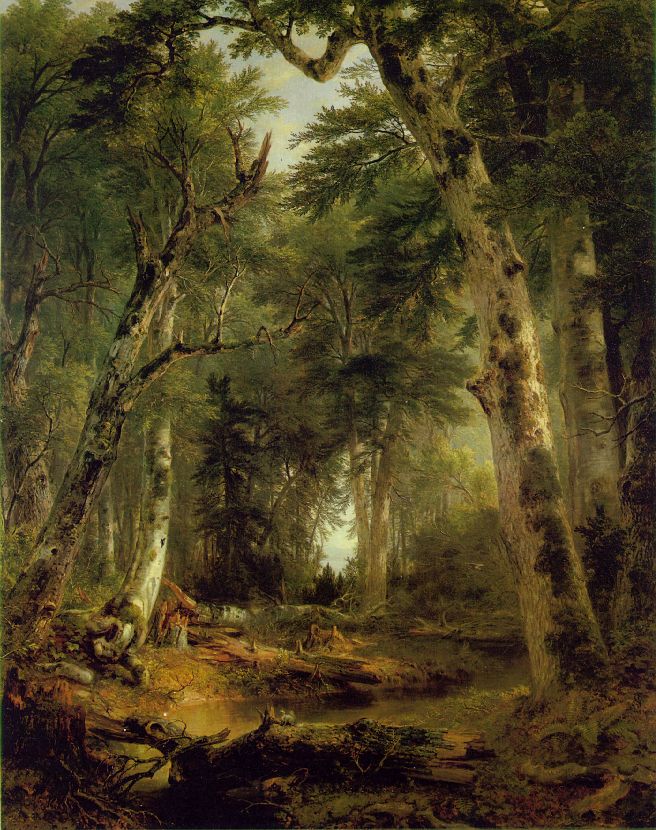



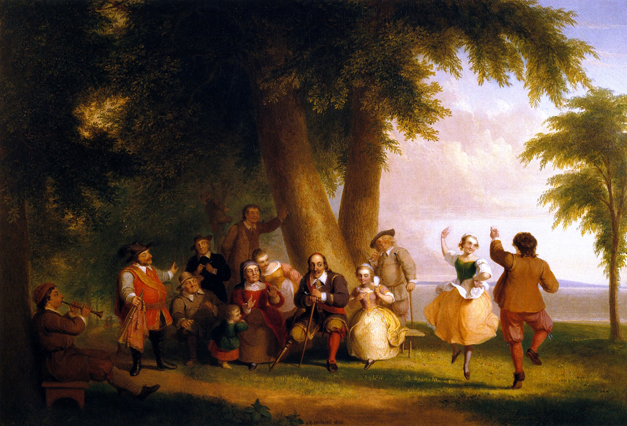


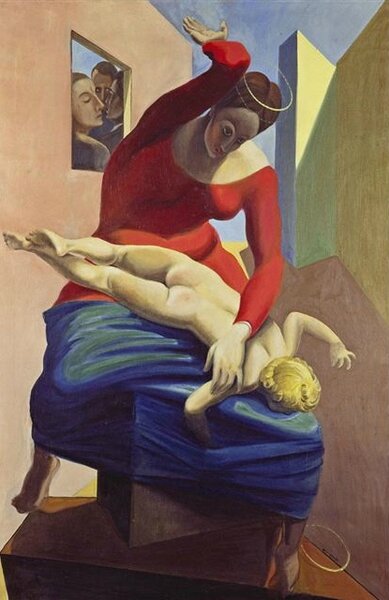






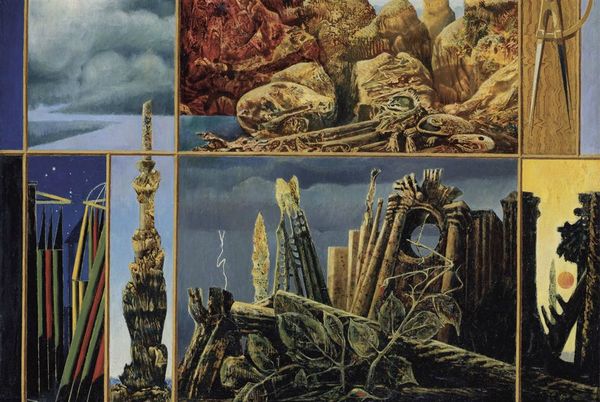
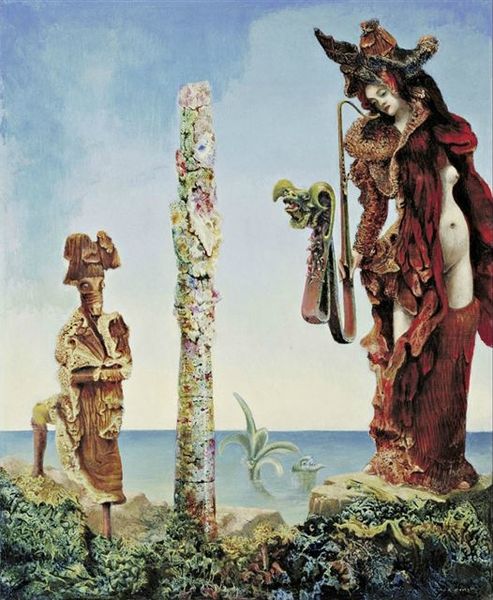







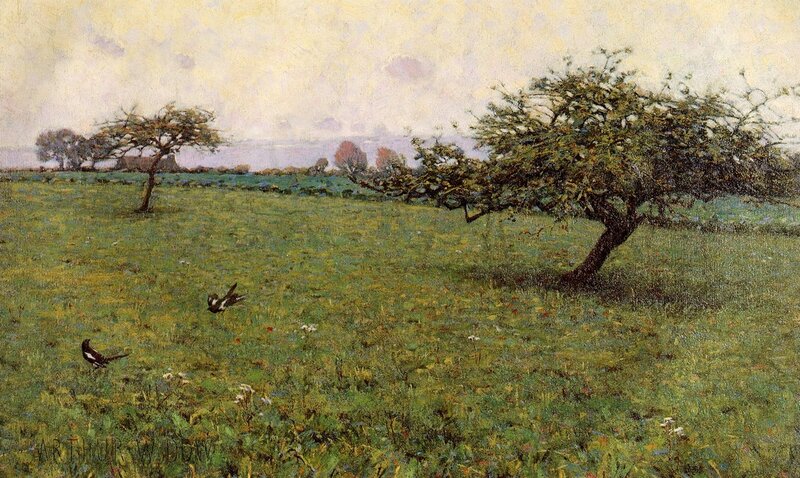


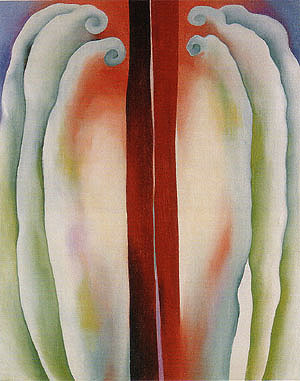
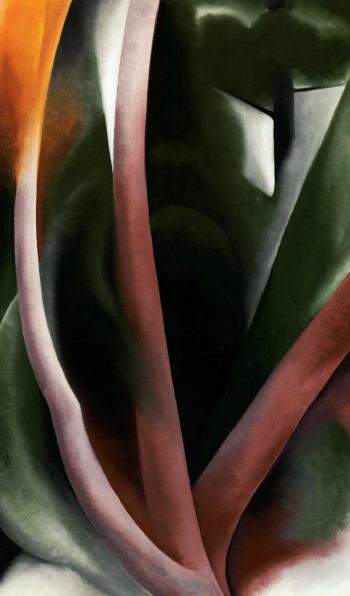







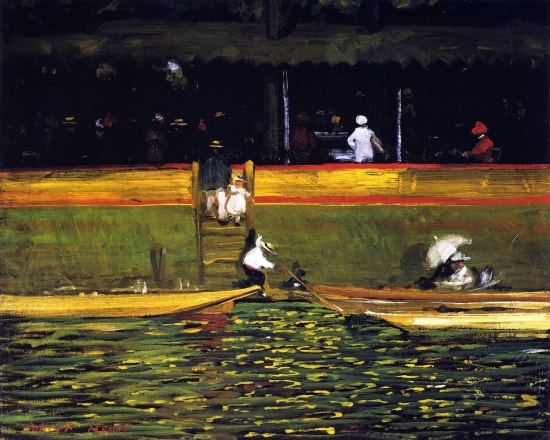
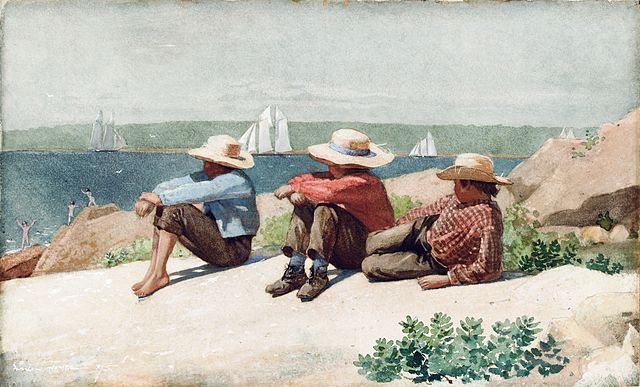



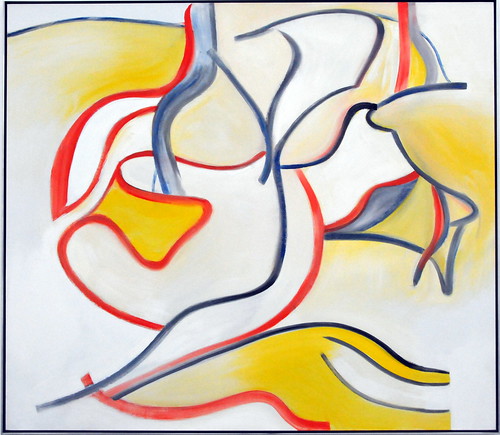
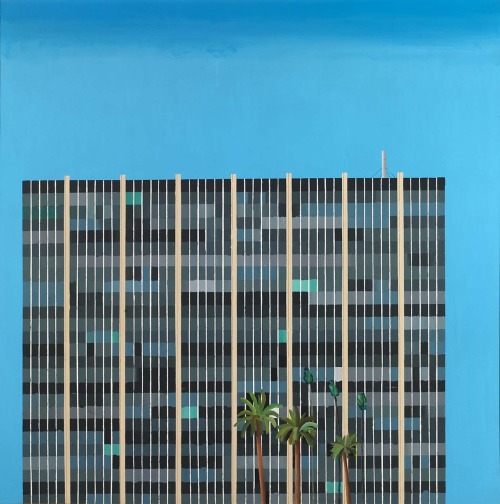










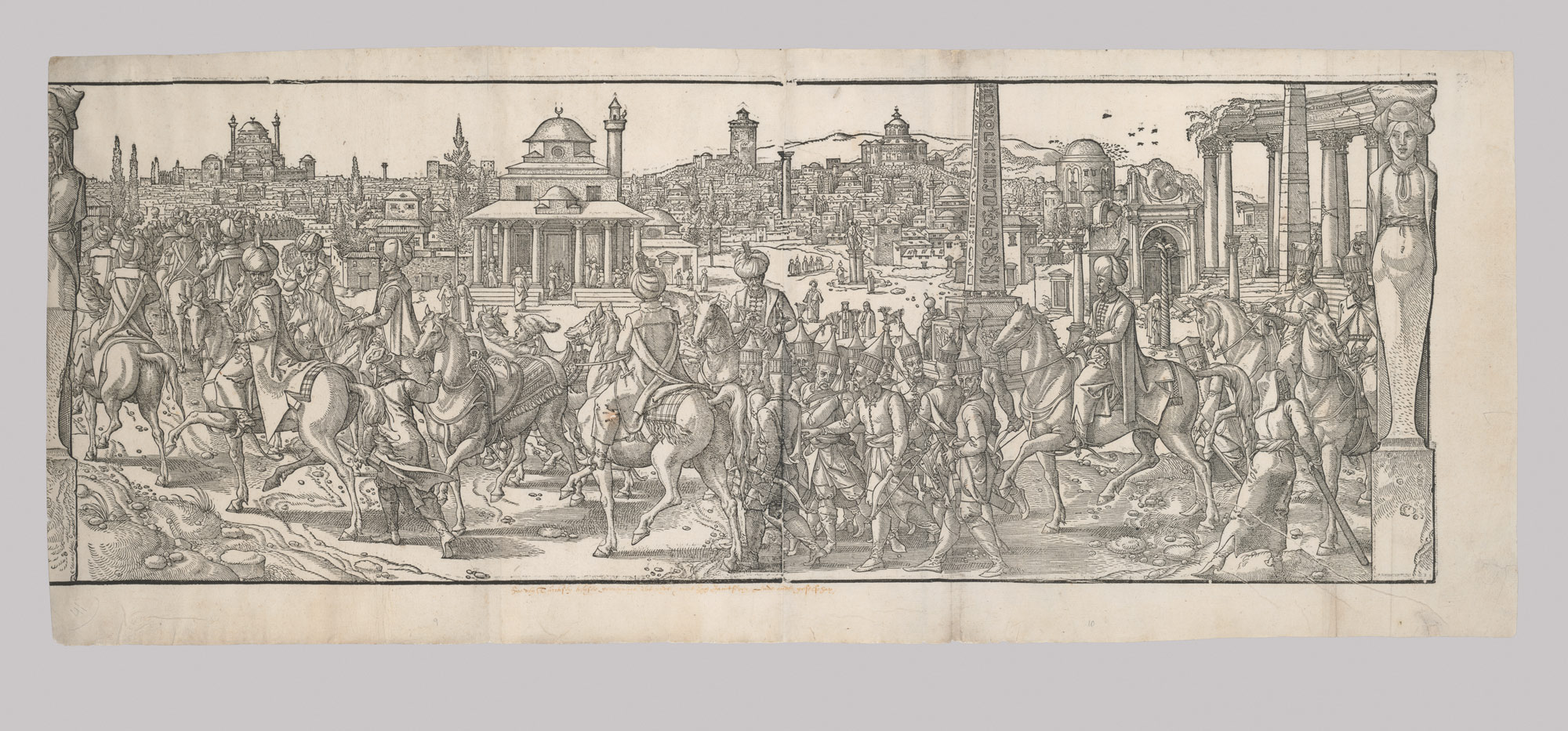

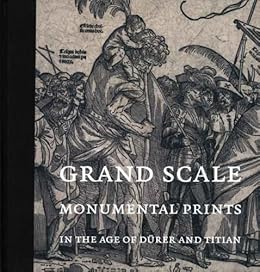



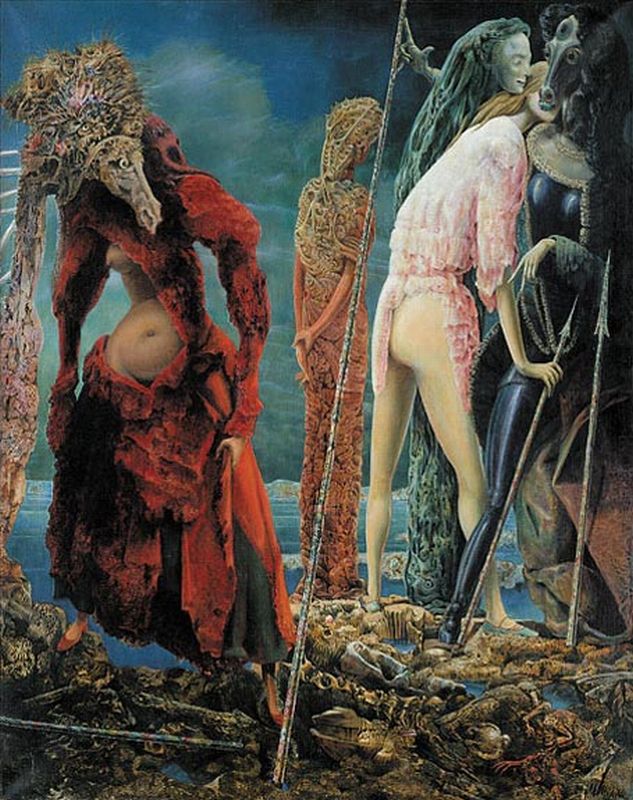







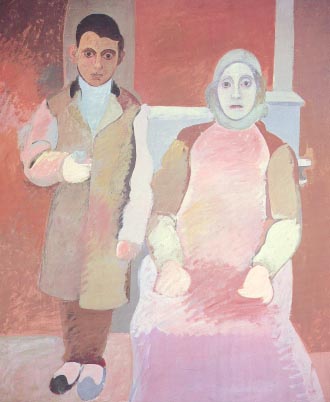

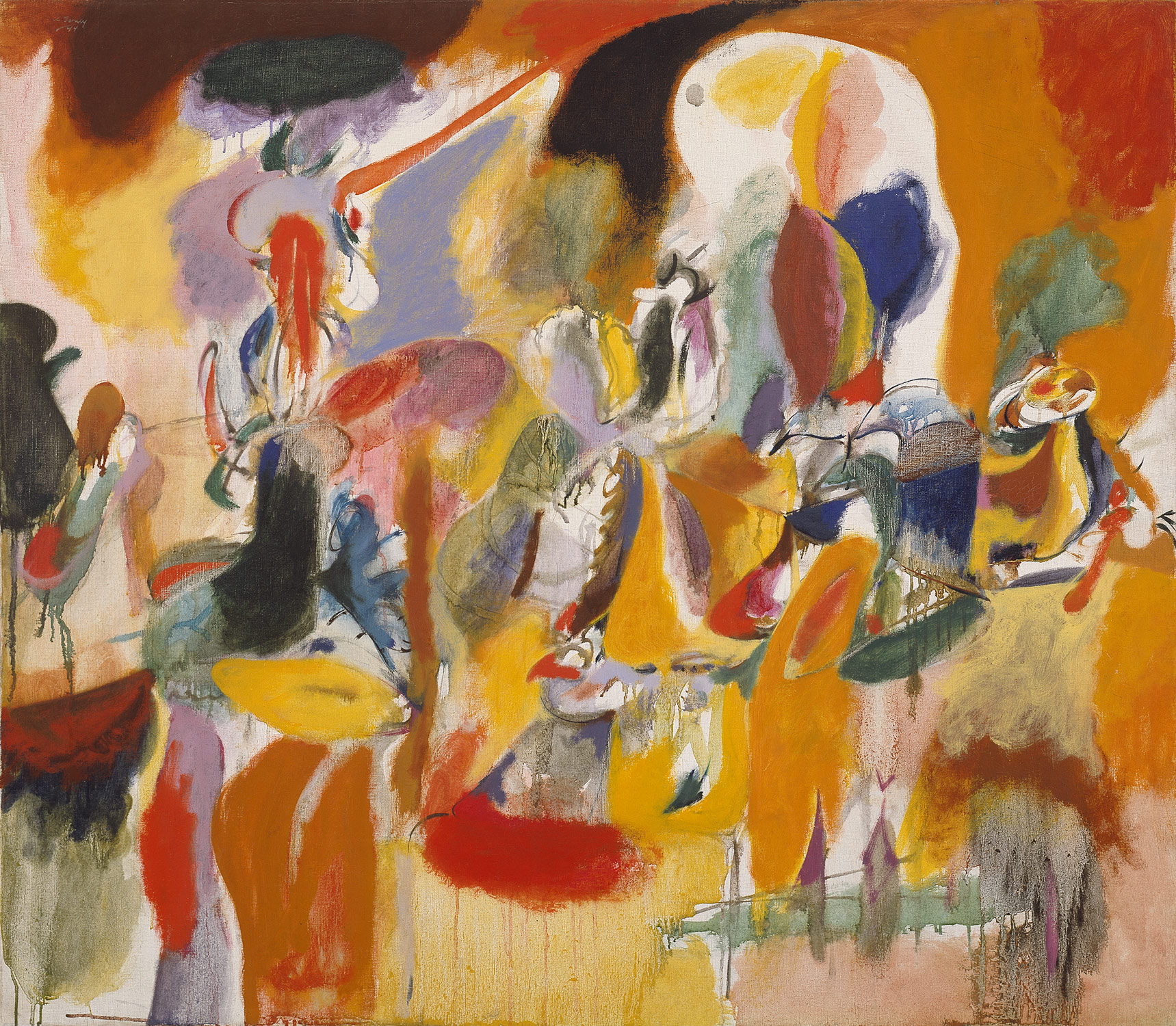




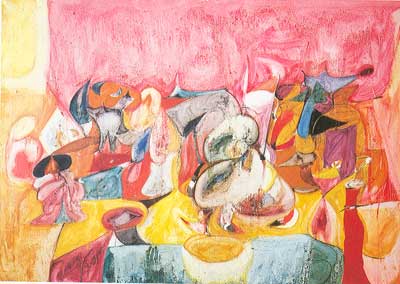







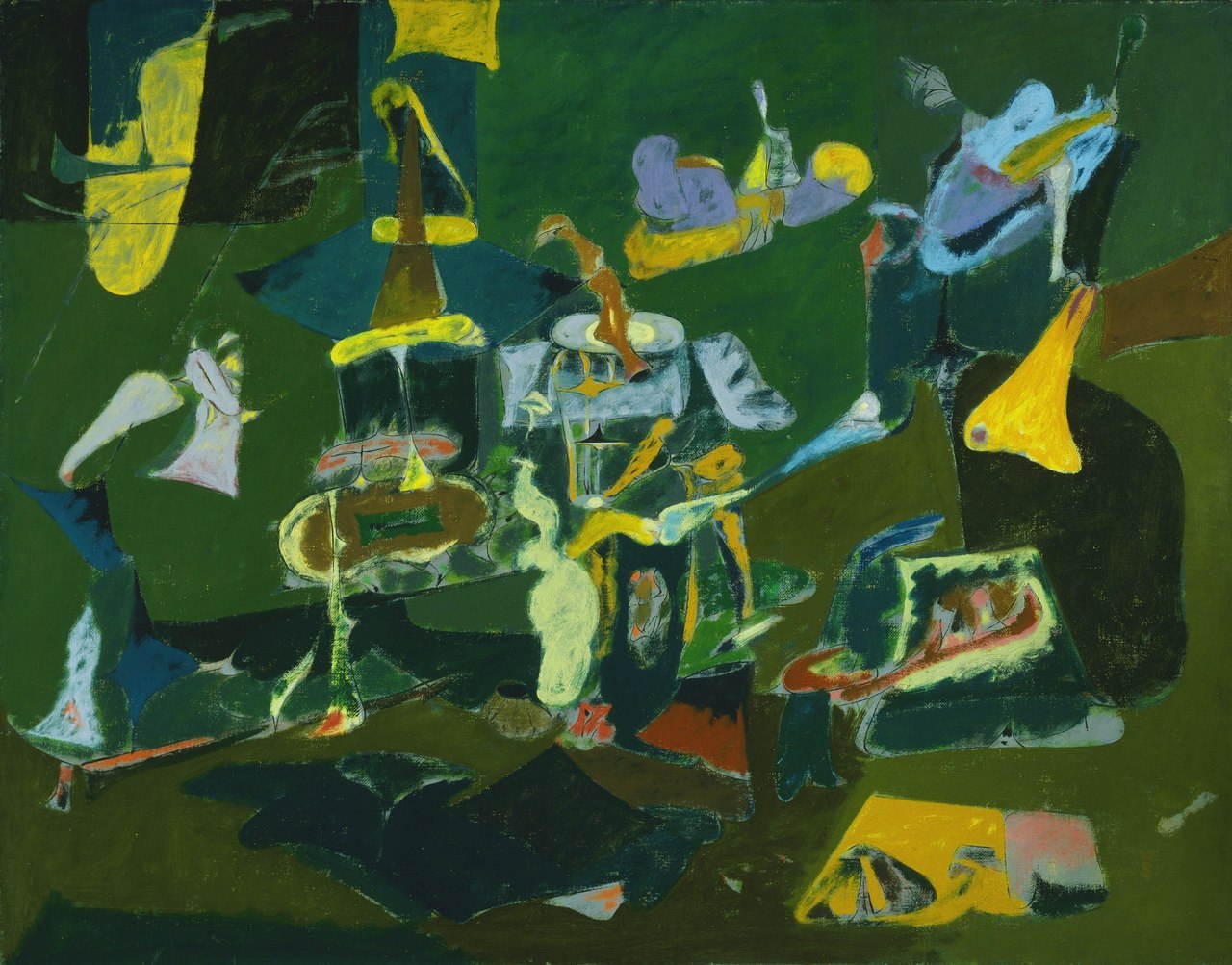

.jpg!Large.jpg)

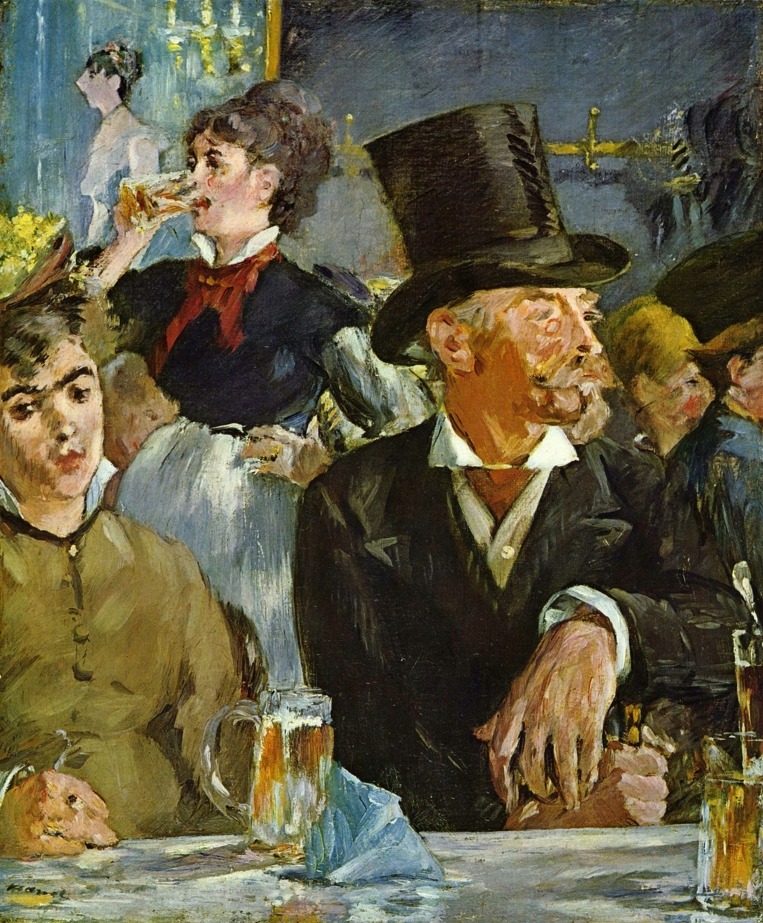
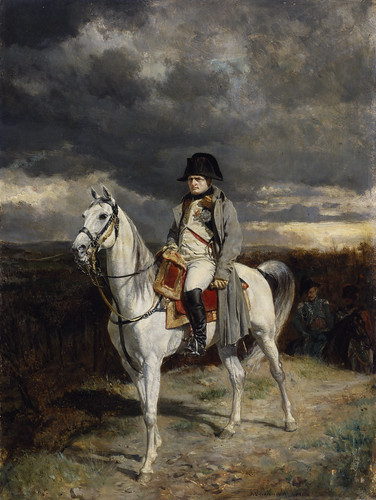





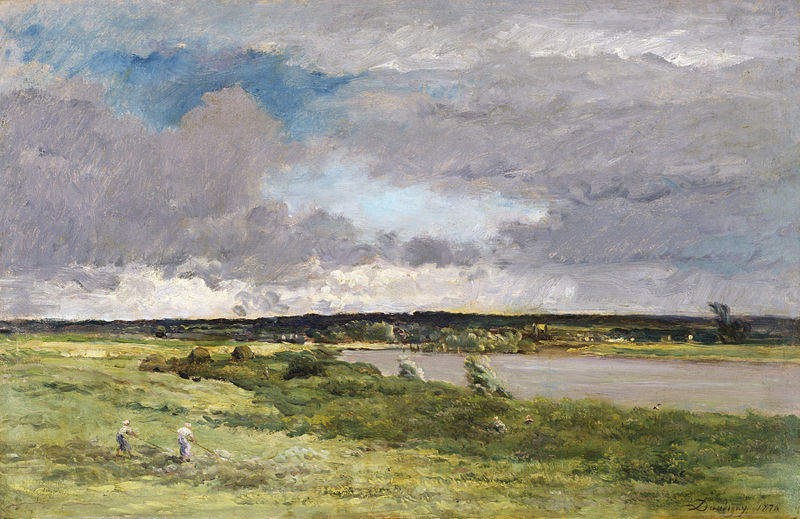

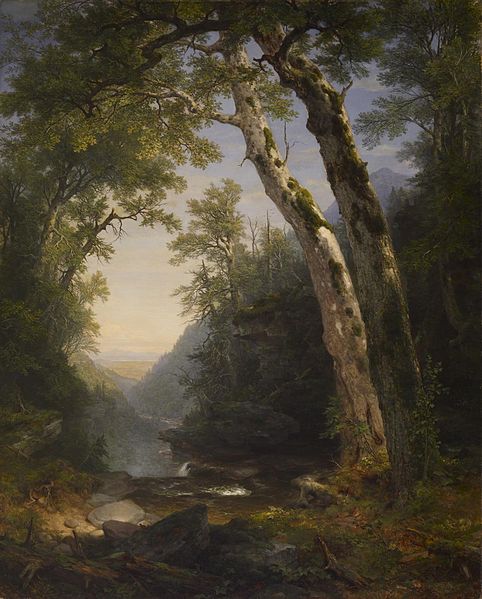




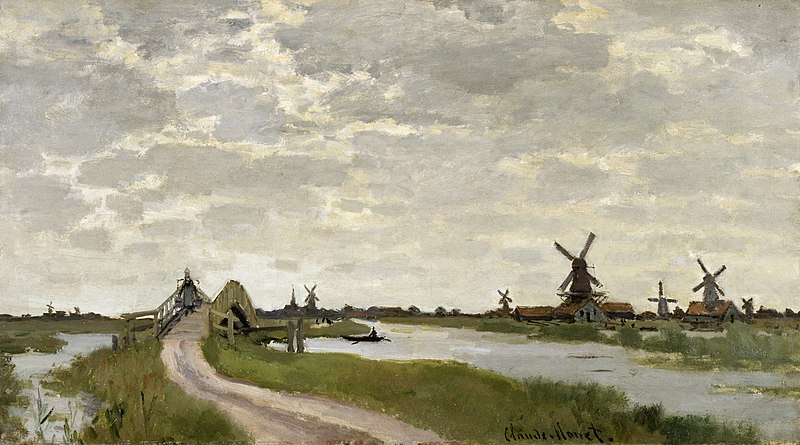

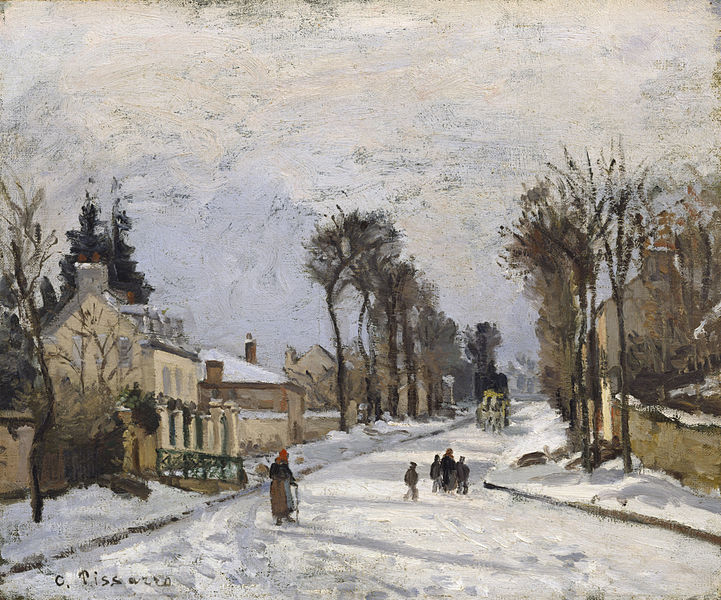

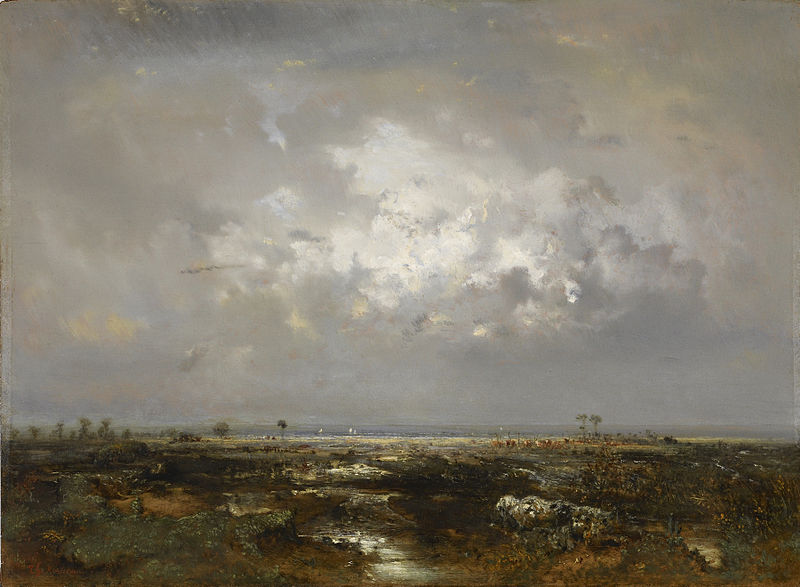





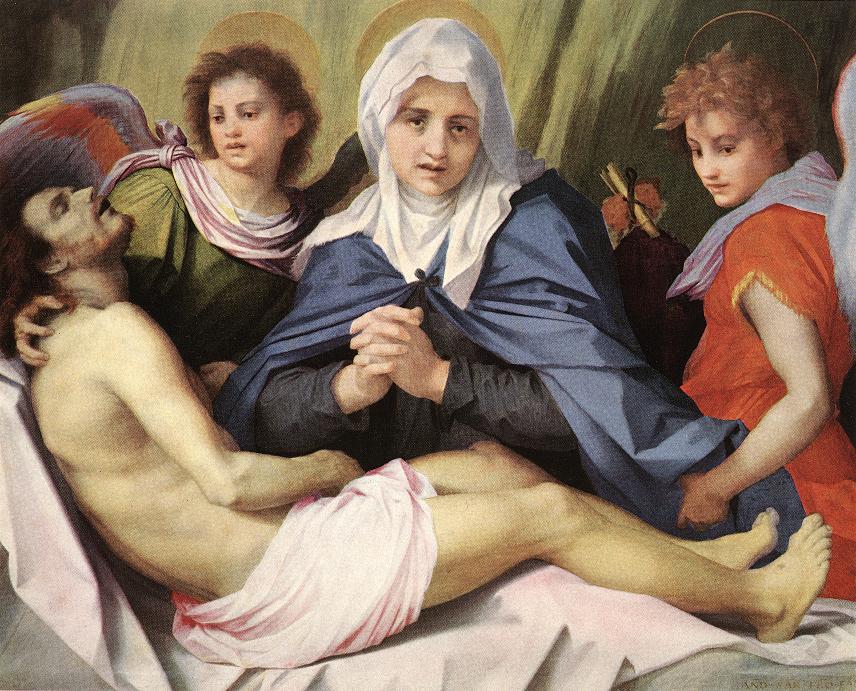
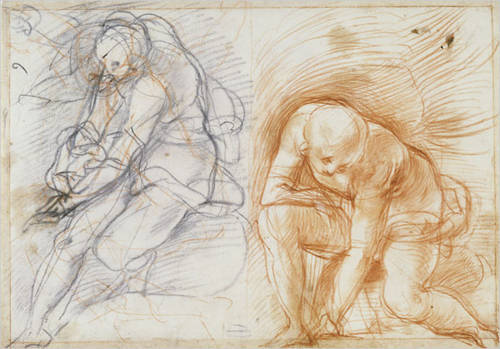








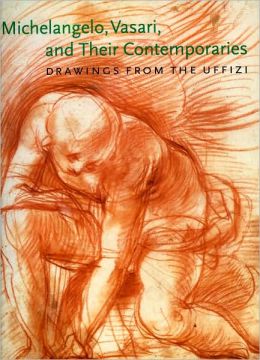
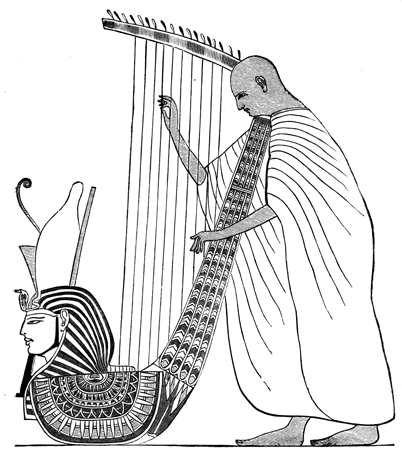
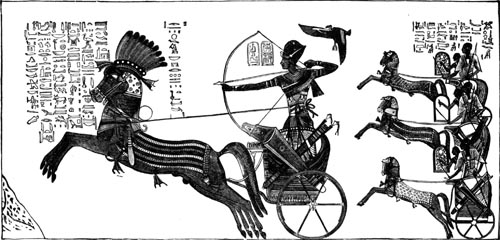
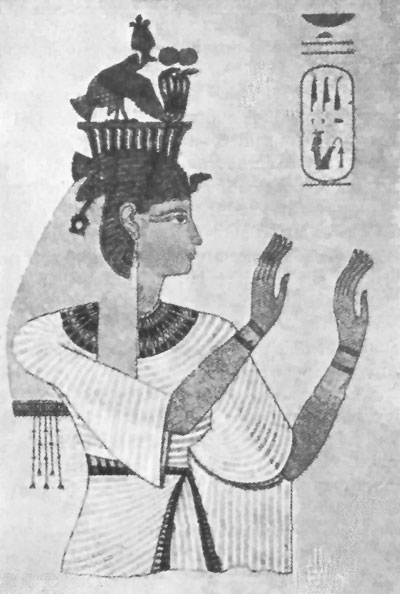
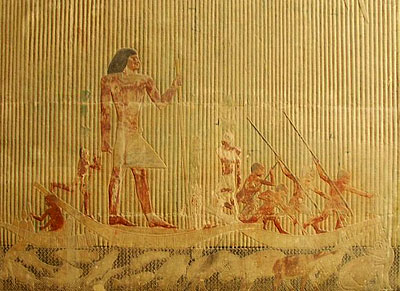
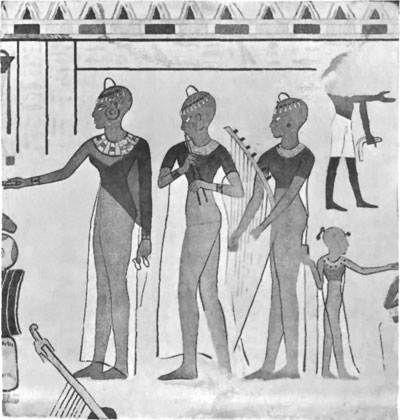
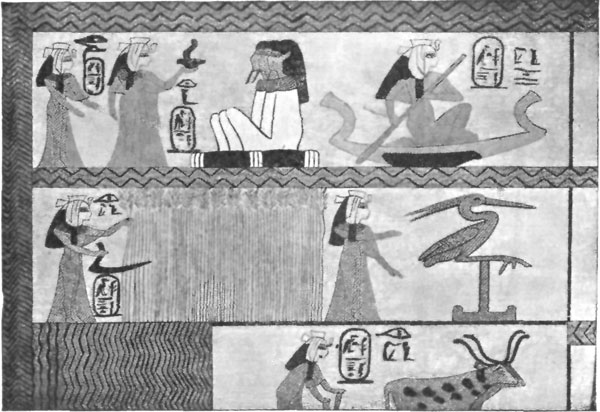
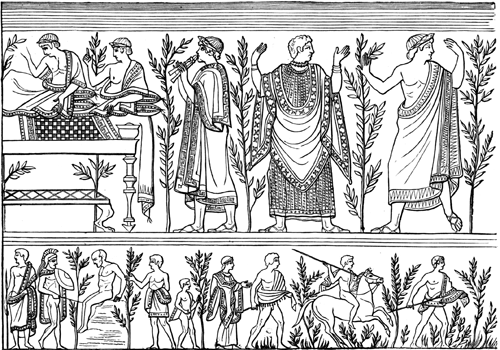
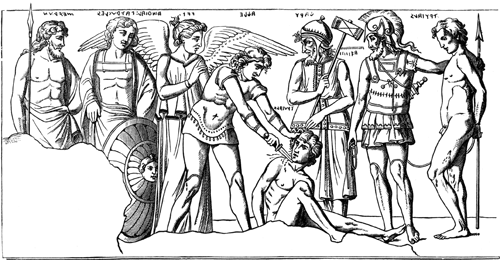


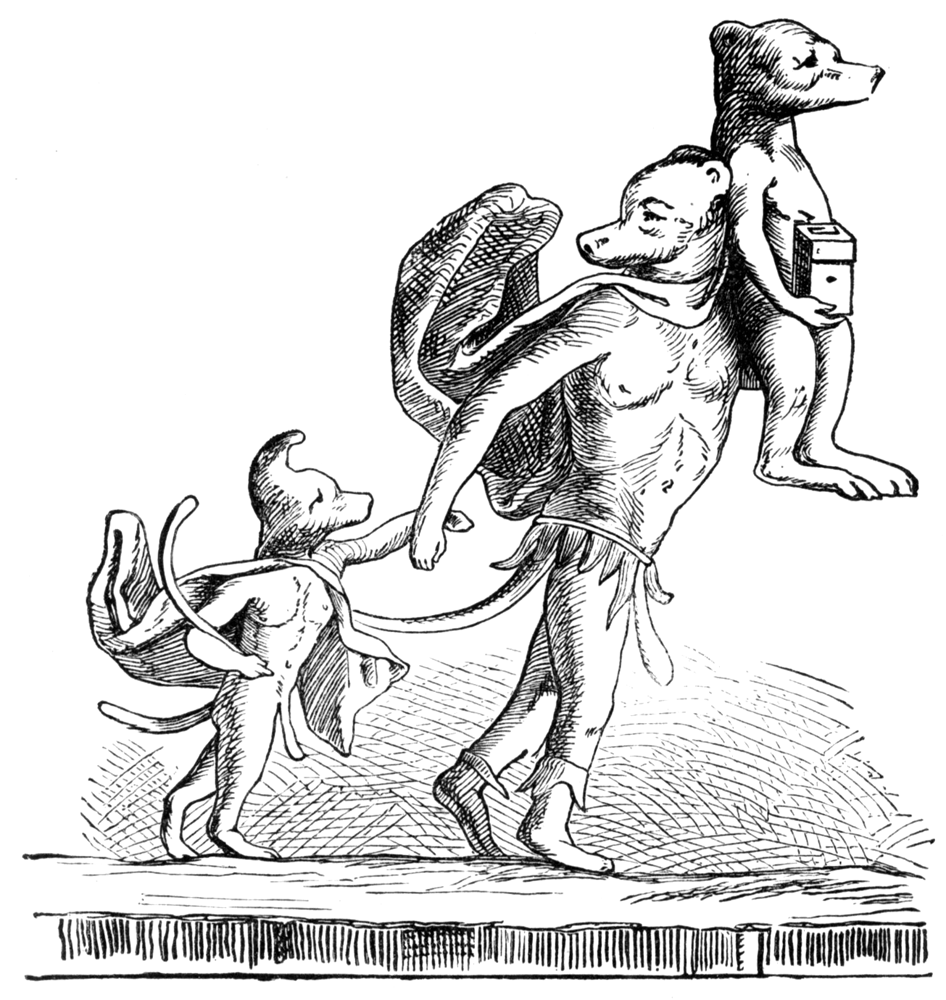










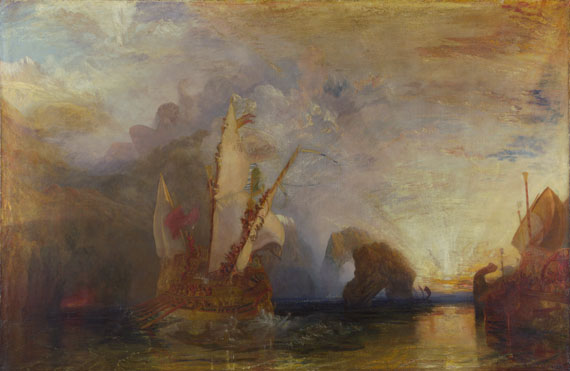
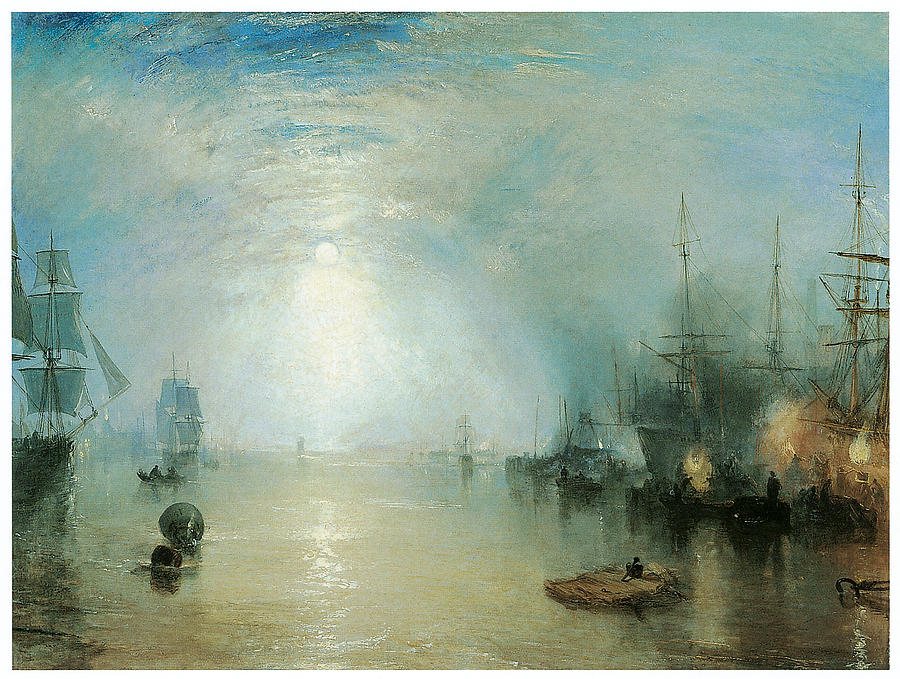
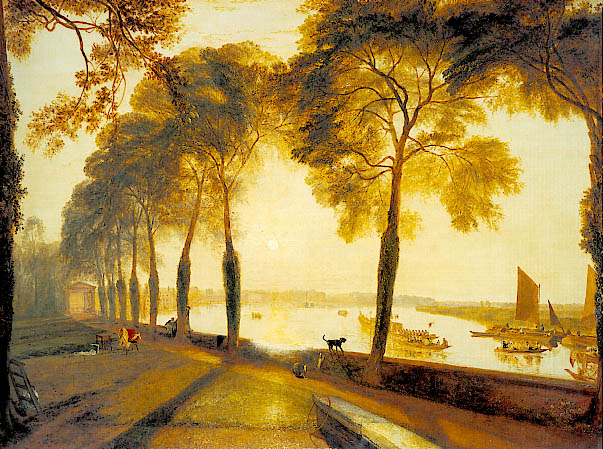

















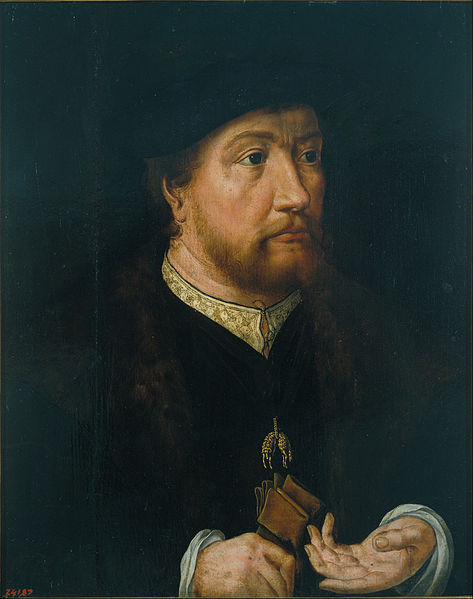

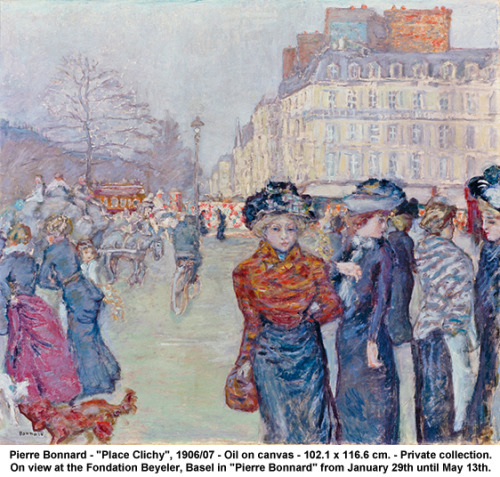
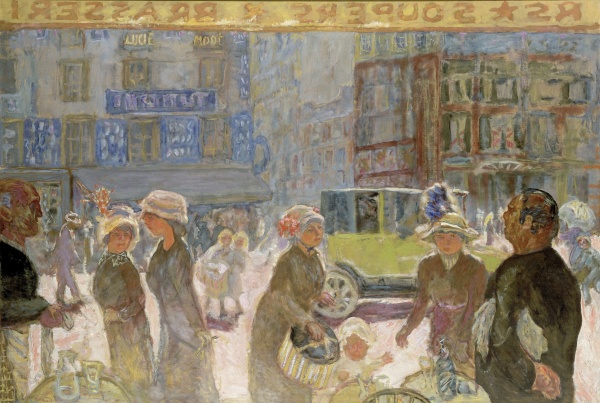







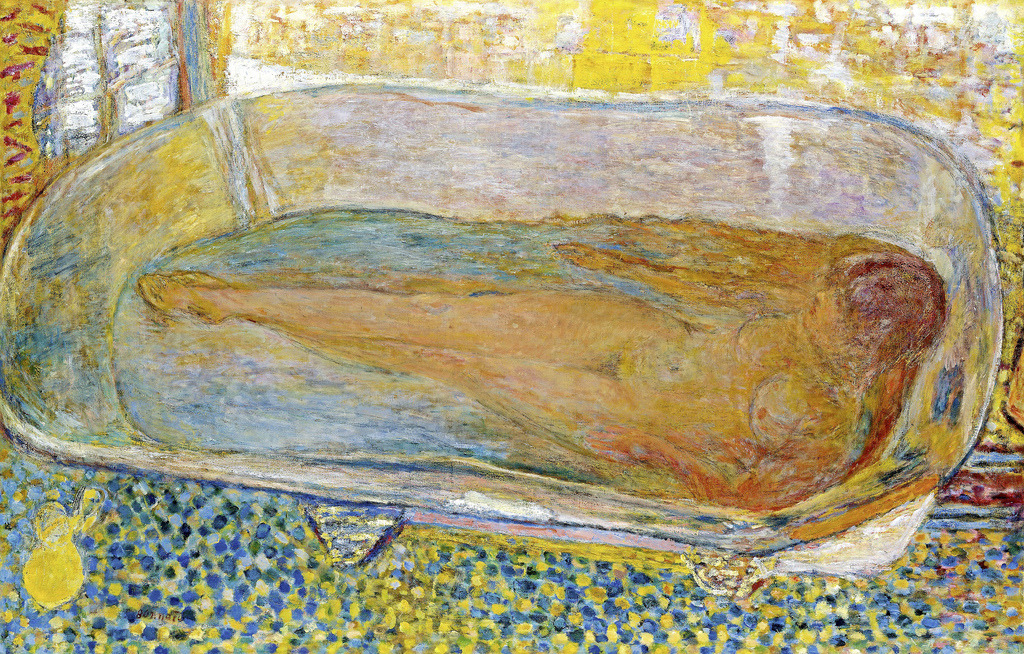


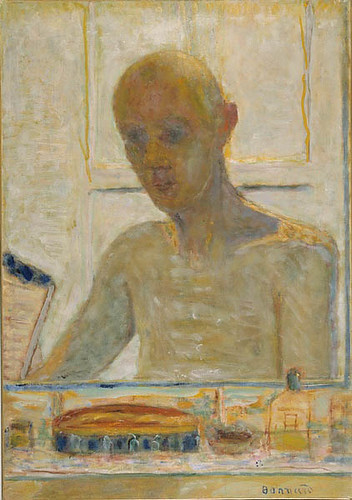




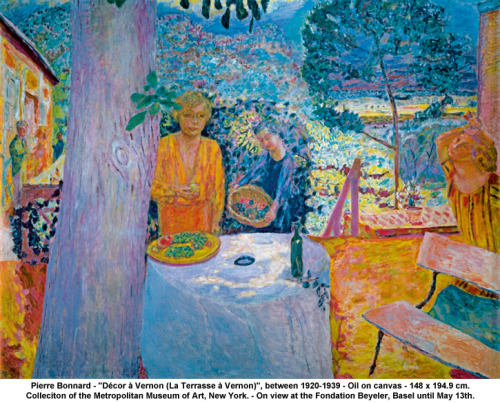



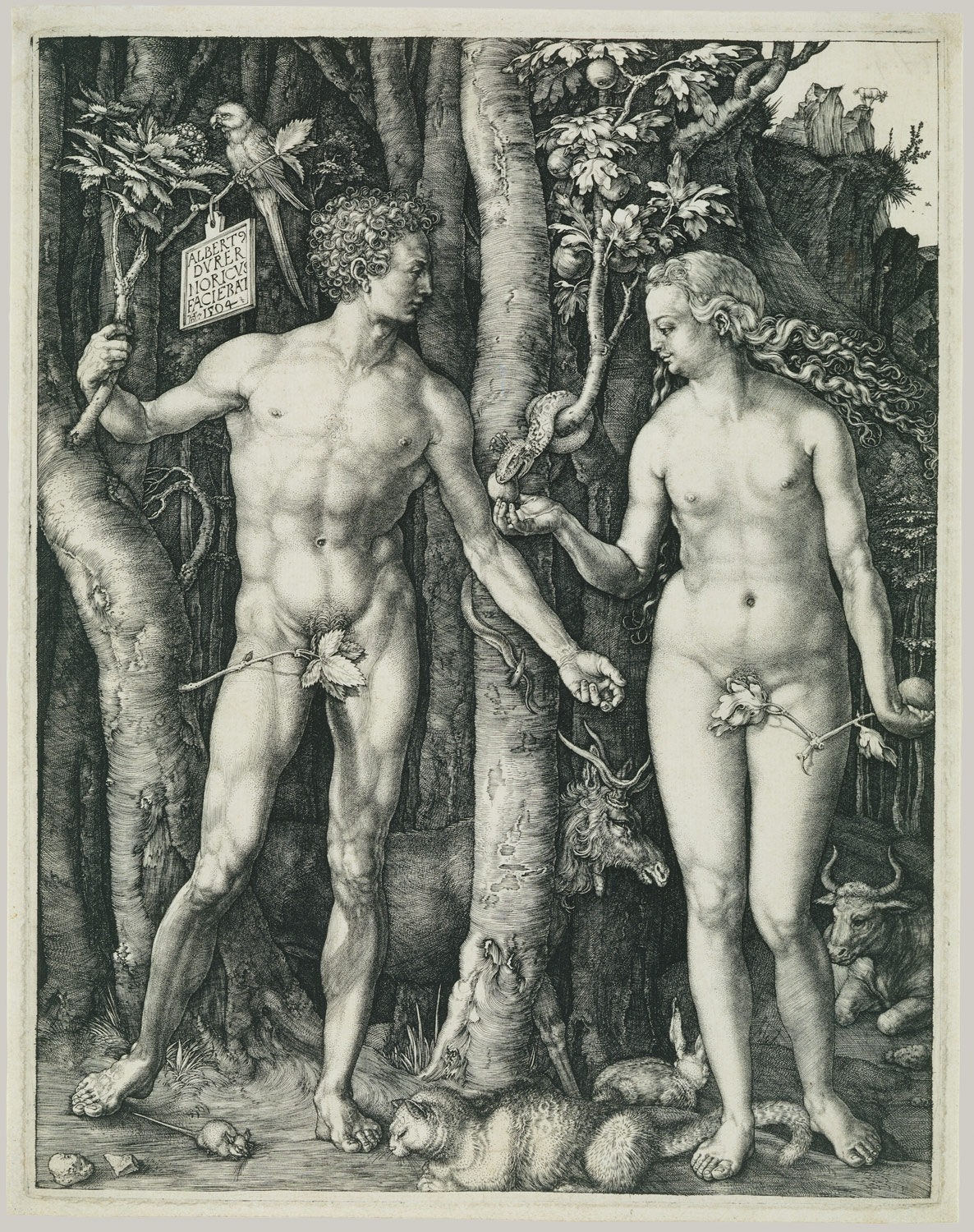

















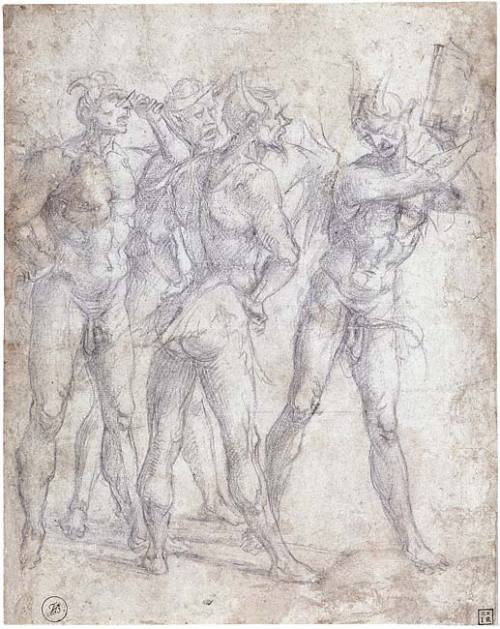
















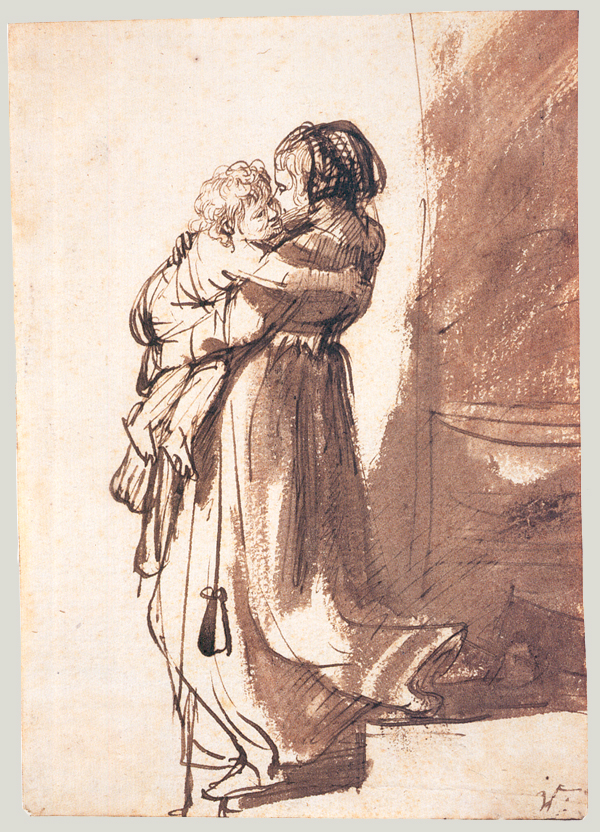



























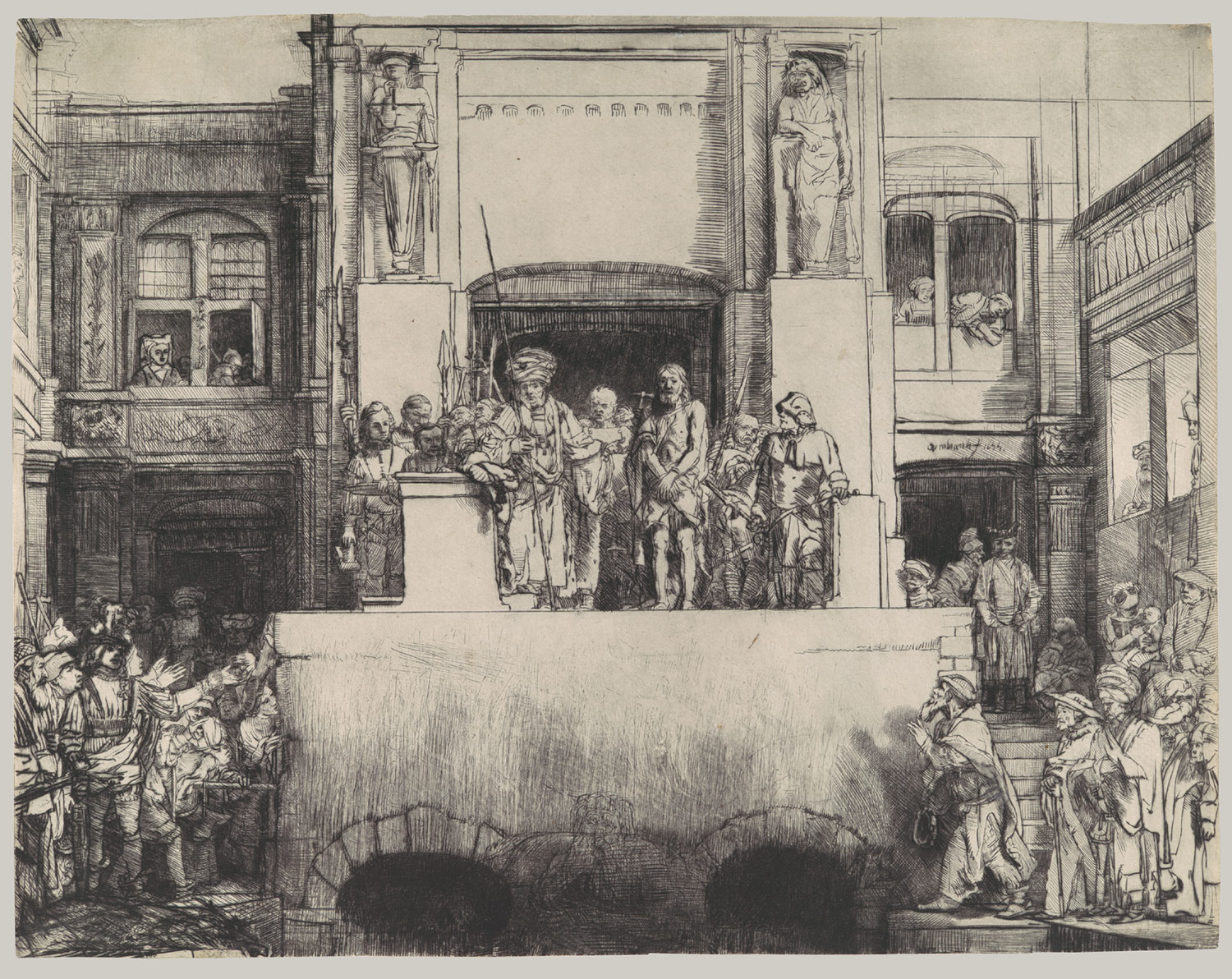
_-_Google_Art_Project.jpg/703px-Rembrandt_Harmensz._van_Rijn_-_Christ_Crucified_Between_the_Two_Thieves_(%22The_Three_Crosses%22)_-_Google_Art_Project.jpg)




